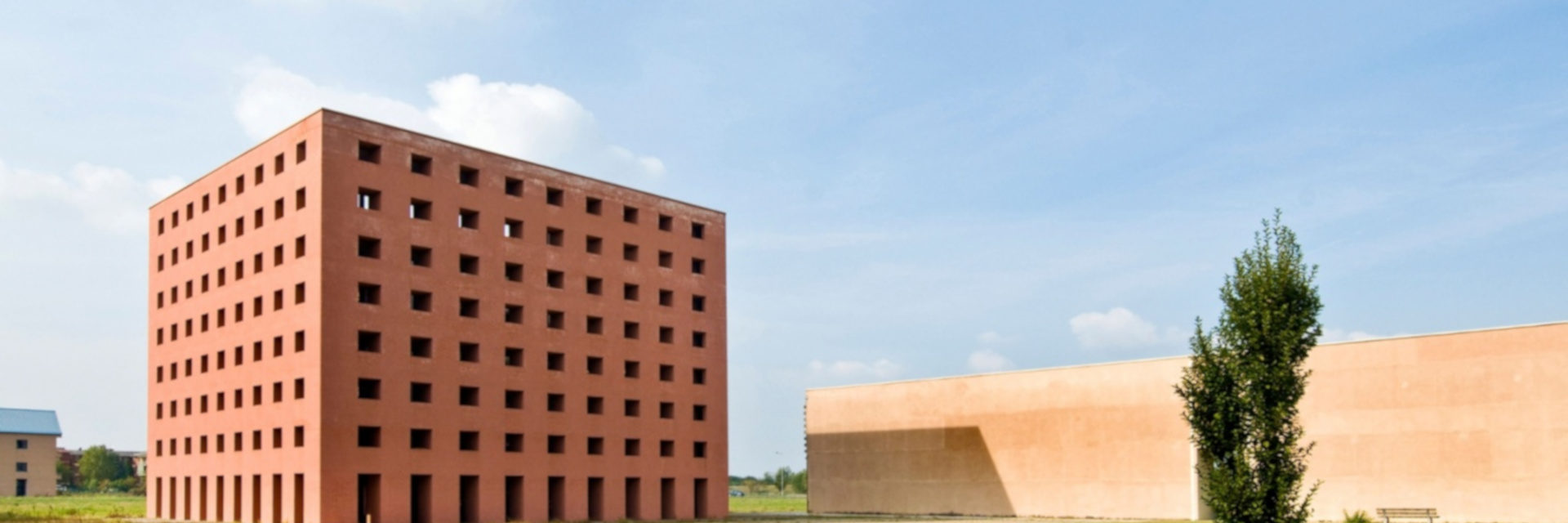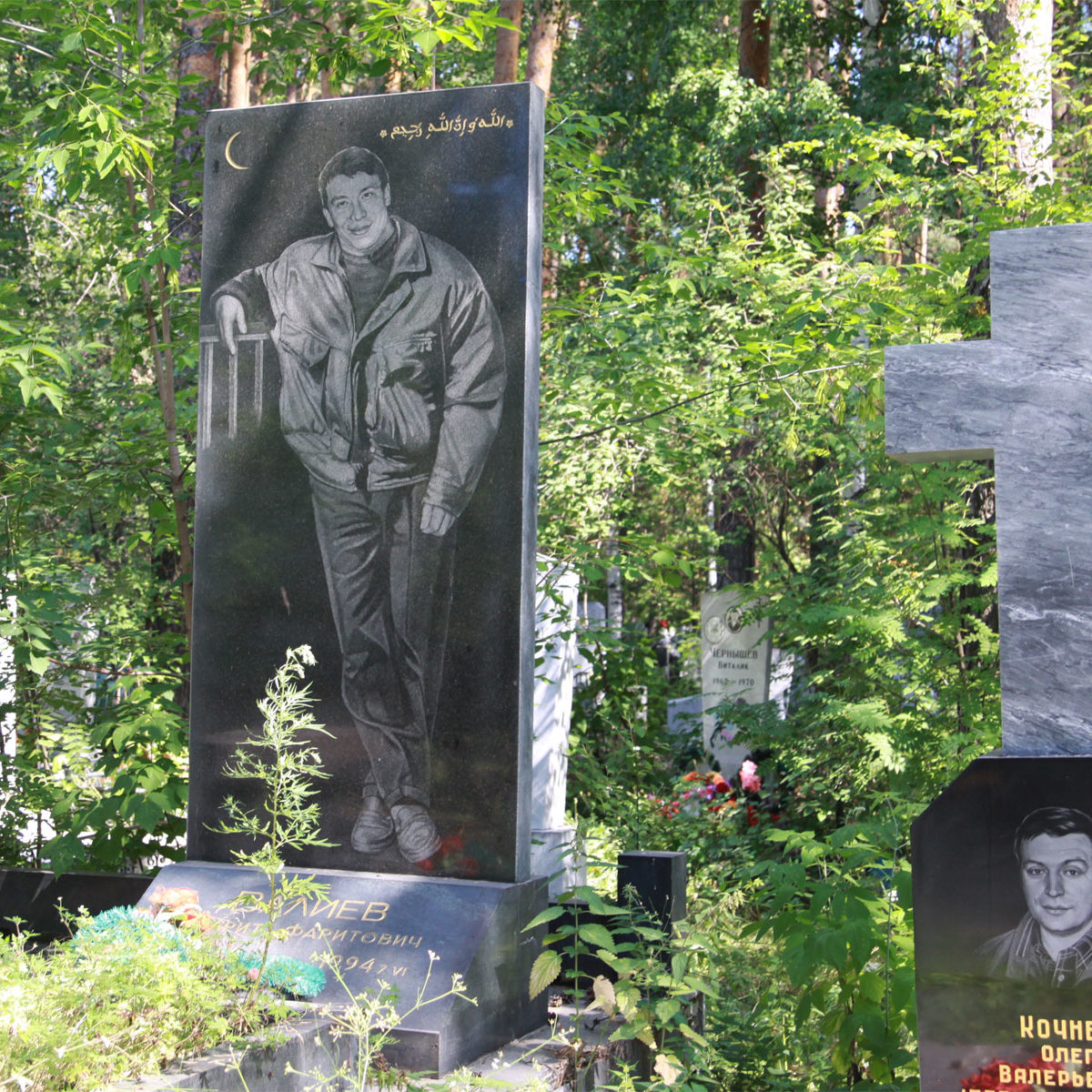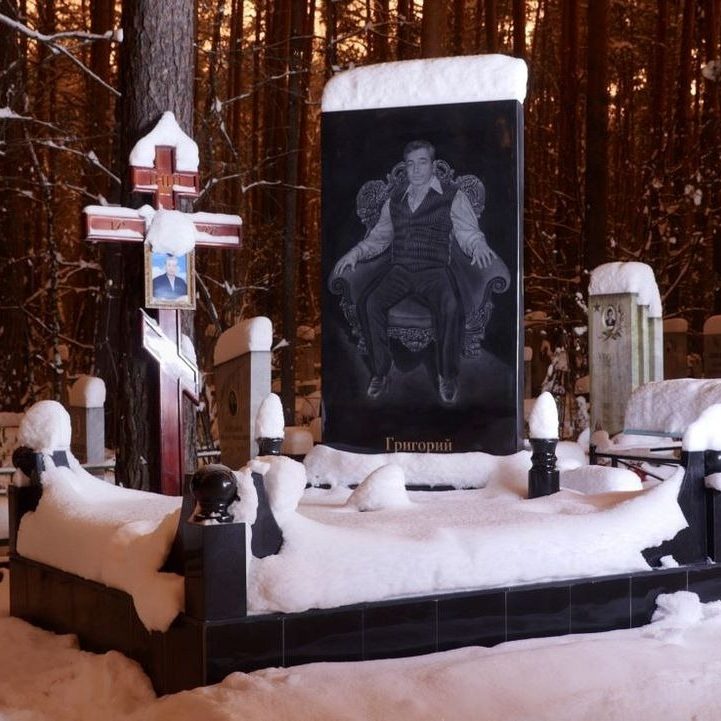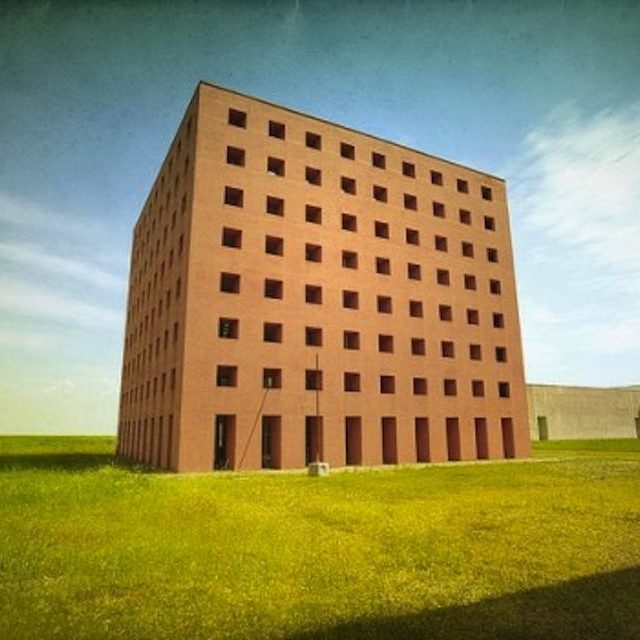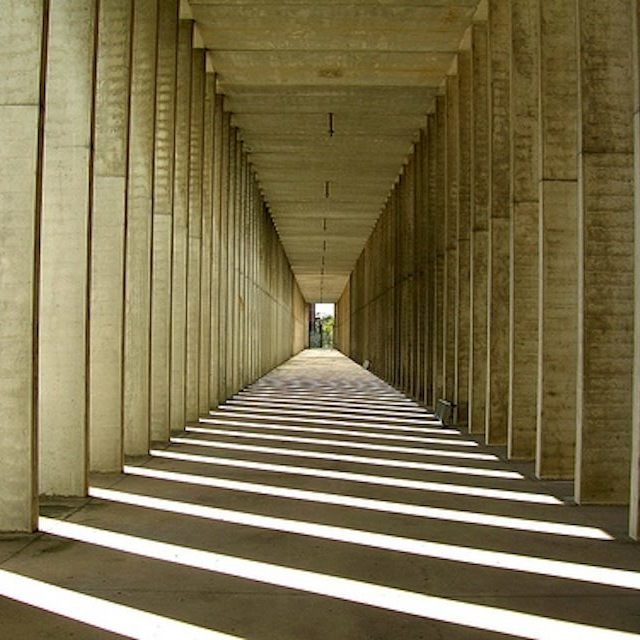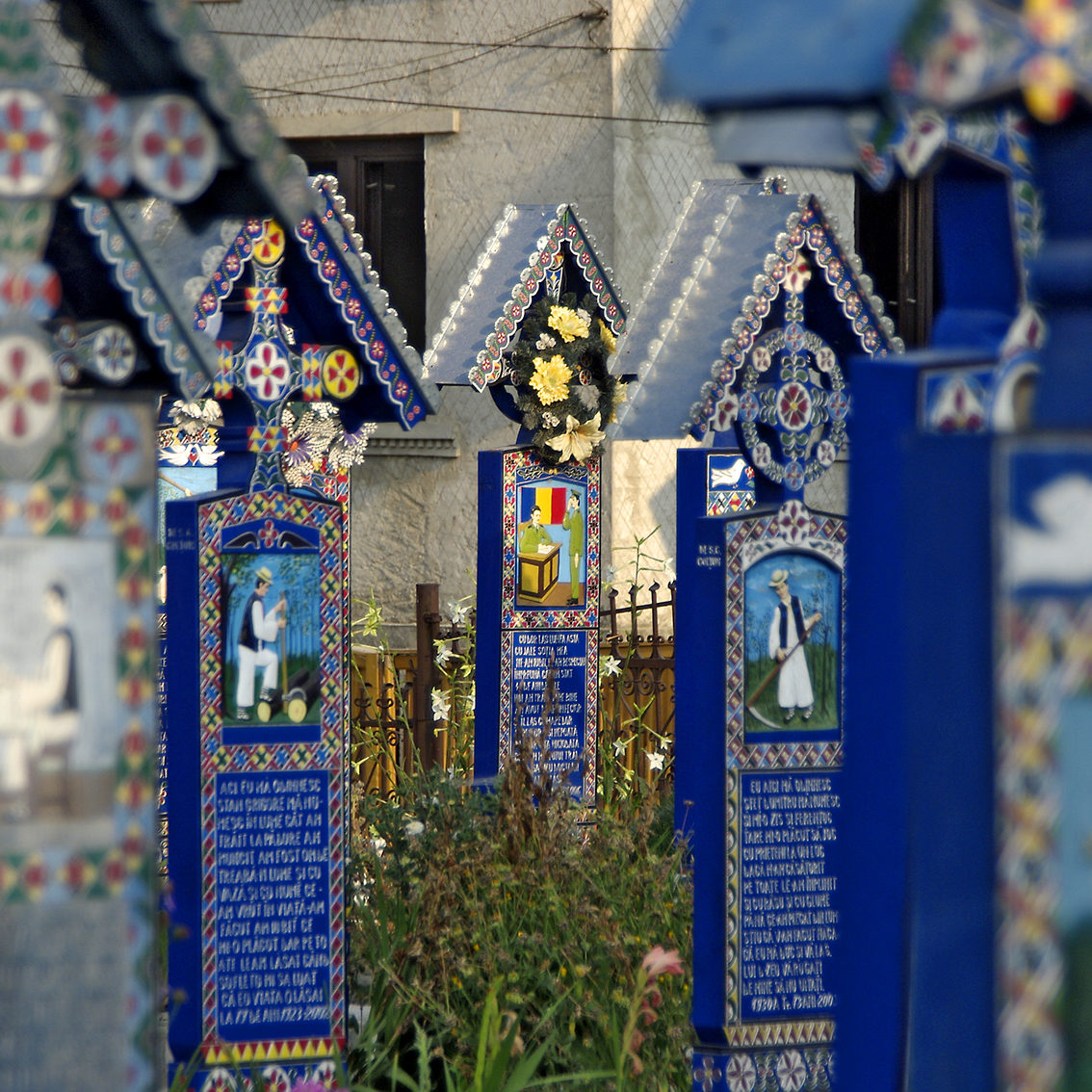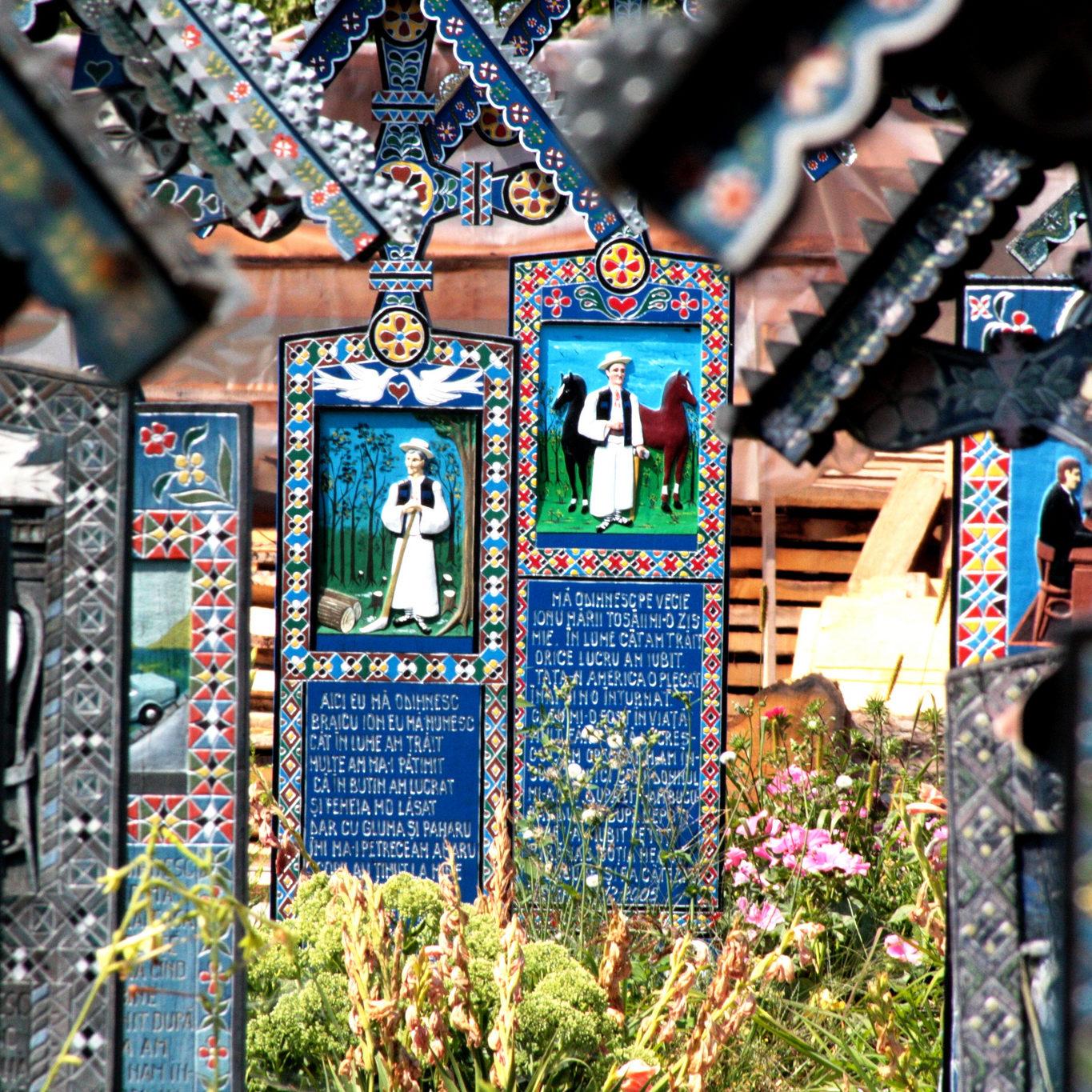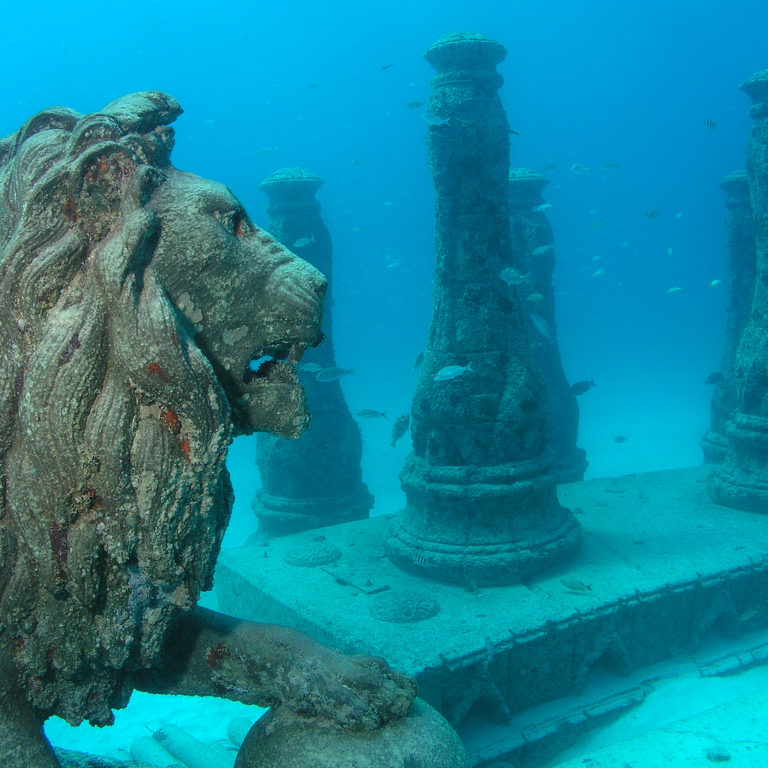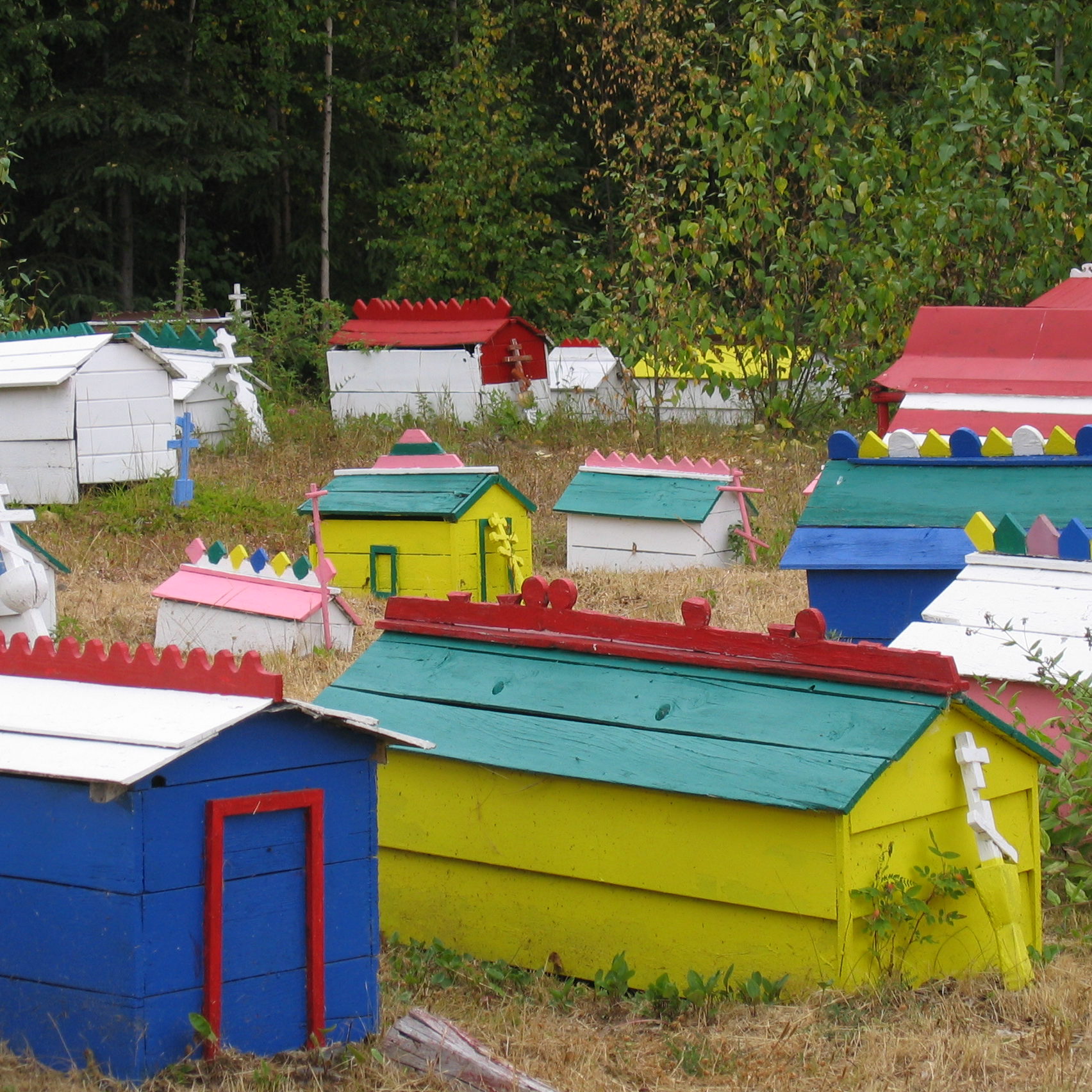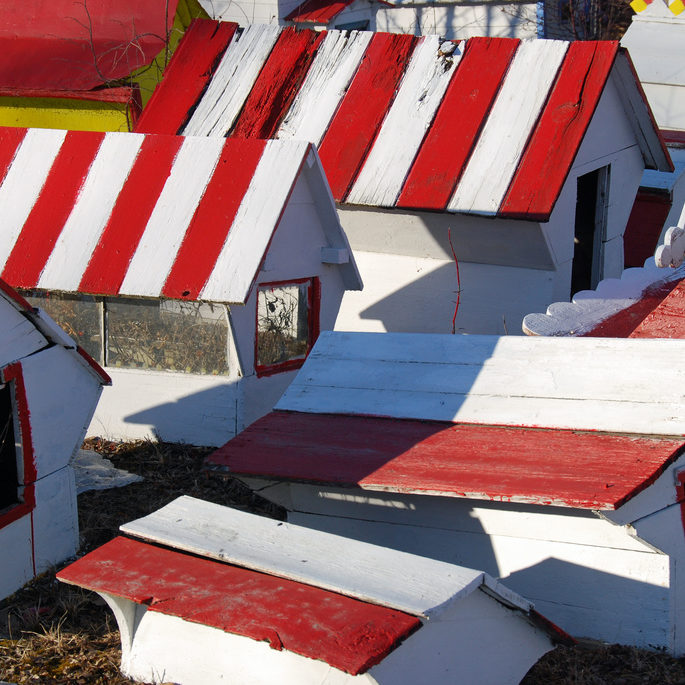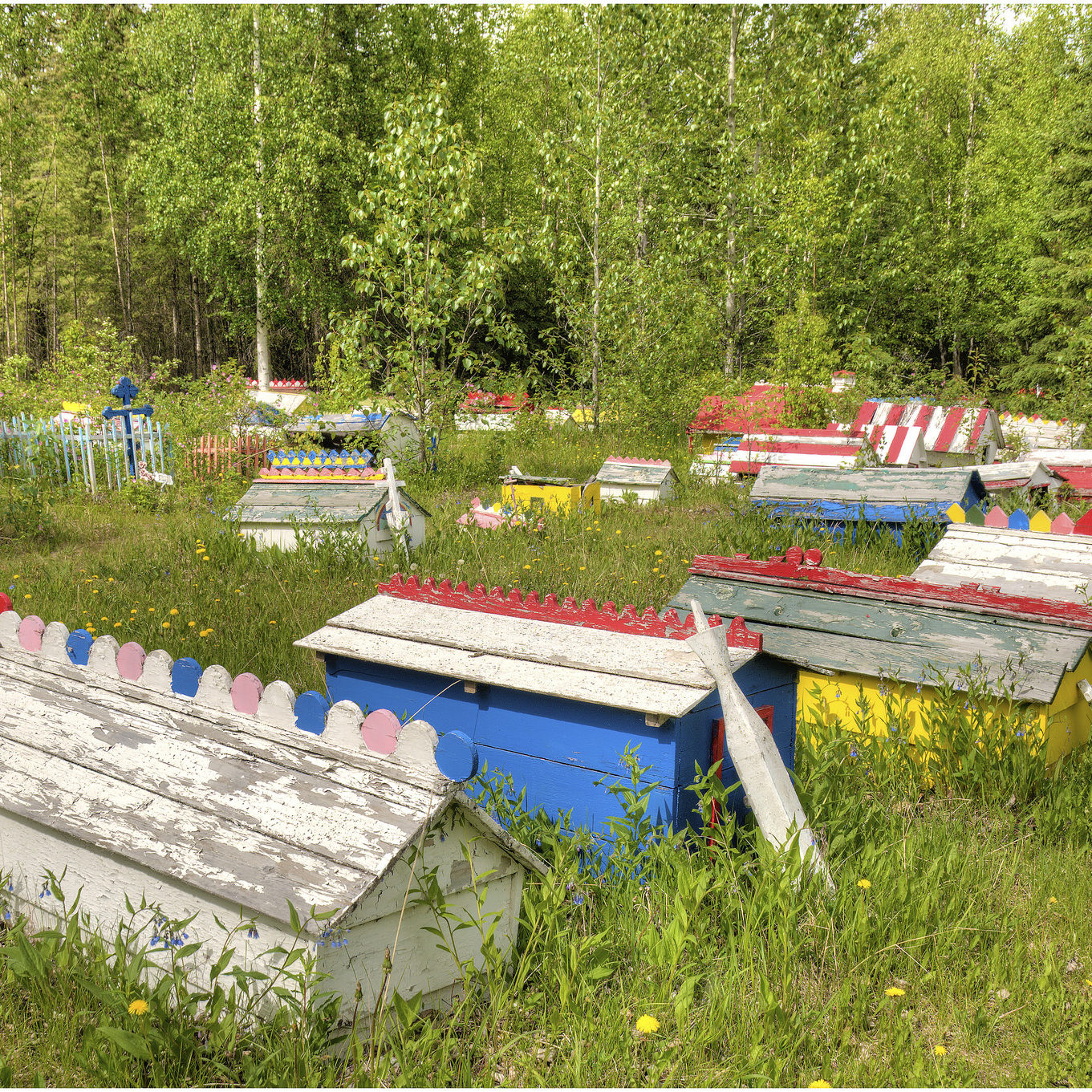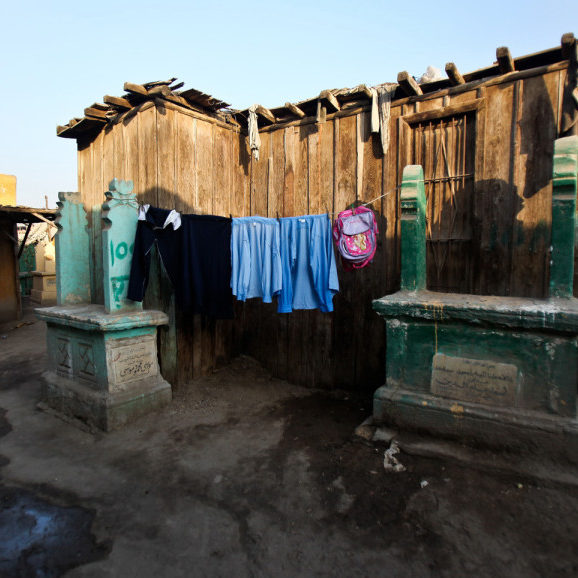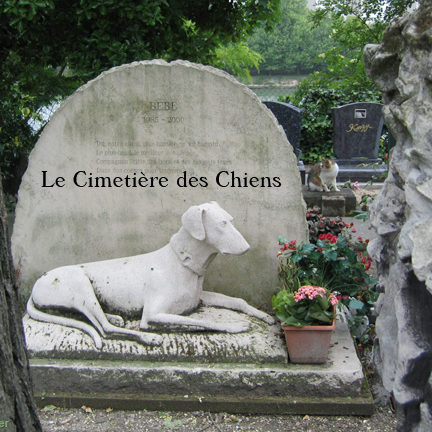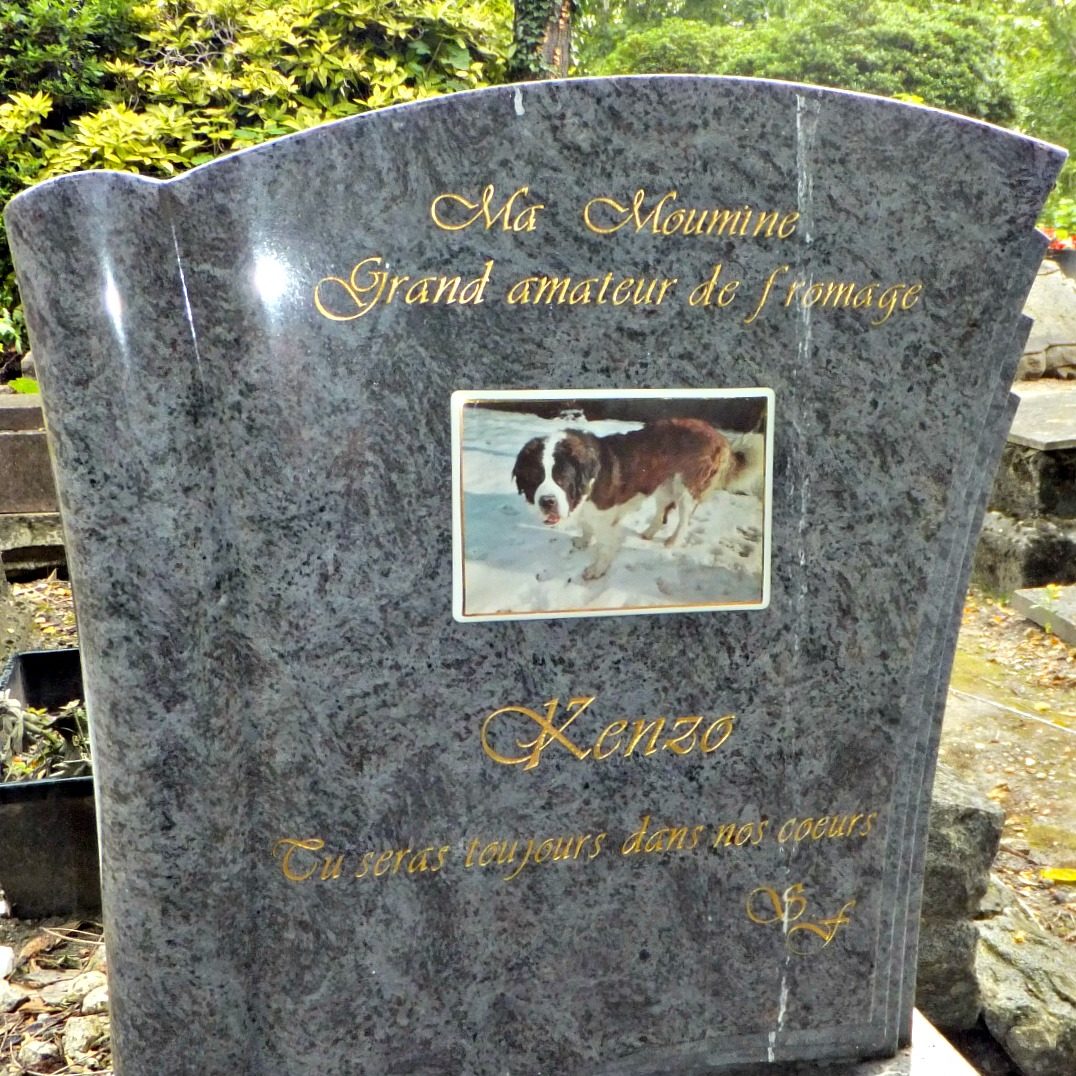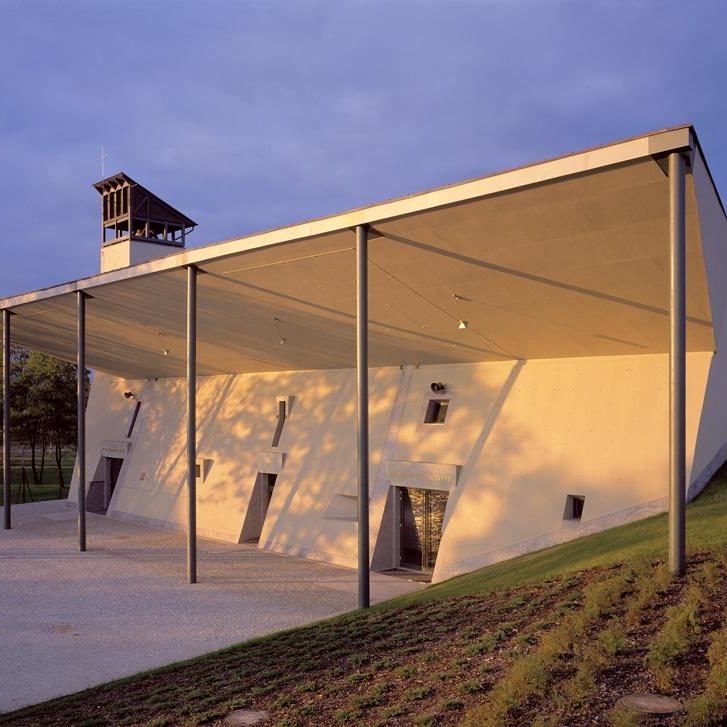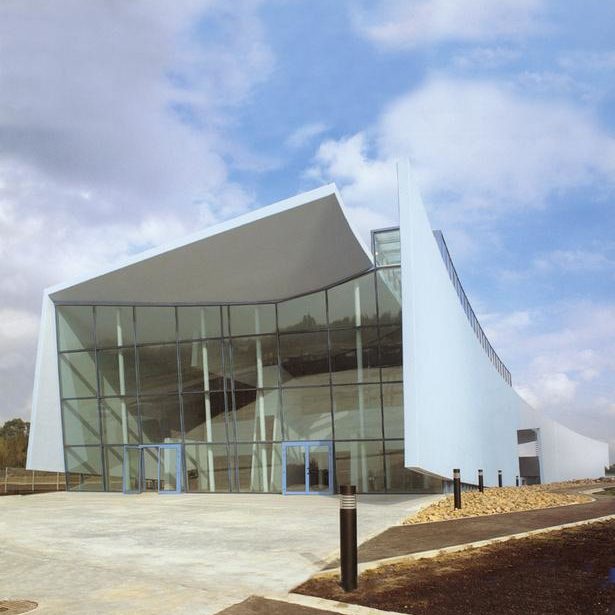Posthumous design. Top 7 strangest cemeteries in the world
Surprising, peculiar, extraordinary, extremely varied and presenting completely different approaches to aesthetics, and eternal rest. Places that show that designing for death can be a challenge and celebration of life.
Luna Kot
1. The mafia cemetery in Yakaterinburg
Russia is a state of mind and the Shirokorechenskoe Cemetery in Yakaterinburg only confirms this. In the 1990s, the city was written down in history as the Russian “capital of crime”, and the cemetery located on the southwestern outskirts of the city, fully reflects this atmosphere. In Shirokorechenskoe, scientists, folk artists, heroes of World War II and members of local (and not only) criminal groups found their eternal resting place. The latter, although they parted ways with life, did not part with their egos. They remind us of their existence with immense granite tombstones with large-scale photo-realistic engravings.
There are portraits of tough men in expensive suits and leather jackets, with gold chains and tattoos, holding a cigarette or keys to a Mercedes in their hands (cars often appear as well). Besides a name and a surname, engravings on tombstones also include criminal nicknames and information about their craft or occupation, for example: “he specialized in knives”. Tombstones of gang leaders killed in gang wars and “ordinary” mafiosos cost up to 25,000 Euros!
2. Body box in San Cataldo
This ultra-modern project has won many design awards, but nobody has yet been buried in it. The concept created by Aldo Rossi in 1972 in San Cataldo near Modena, Italy was carried out until 1976, when the architect had a car accident, which prevented him from continuing the project. The central element of the cemetery he invented is a bright-orange cube, which was created to illustrate many abstract concepts that occupy the architect’s head during life. The construction is based on a concrete grid of funerary niches and “windows” surrounding an open courtyard, and the entire construction is considered today to be one of the first and most important post-modern projects.
3. The joy of life in Sapanta
“I rest here, Pop Toader, was my name. I played the clarinet and sipped pálinka, these were my only thoughts when I walked this earth. I also had my sorrows, the life of my wife was short” – this is an example of the inscriptions placed on tombstones that can be found at the Merry Cemetery in Săpânța, in the northern part of Romania, about 2 km from the border with Ukraine. The necropolis surrounding the Orthodox Church is famous for its unusual tombstones – carved and painted in vivid colors, decorated with pictures from the lives of the deceased and playful epitaphs. There were made by the local sculptor, Stan Ioan Patras, starting in 1935. The cemetery, listed as one of the UNESCO World Heritage sites, is now one of the most popular tourist attractions in Romania.
4. The underwater world of the dead in the Miami area
The Neptune Memorial Reef, also called the Atlantic Memorial Reef, is the world’s first underwater necropolis. Established in 2007 off the coast of Florida, it extends over an area of approx. 56,000 sq m and currently has slightly less than a thousand tombstones. It not only serves as a place of rest for those who have particularly loved the ocean and the sea during their lifetime, but it also is an ecological success – and a spectacular one too. In recent years, there has been an enormous development of the natural environment and a significant increase in the number of marine creatures.
5. Like in a dollhouse – Eklutna, Alaska
Burial Spirit Houses – original funeral homes – are the result of the intersection of the Orthodox rite and the traditional Alaskan funeral ritual. They can be found at the church cemetery in Eklutna, Alaska. According to the local tradition, when someone dies, his body has to be placed on the ground, and the burial place has to be covered with a blanket. After some time, the blanket is replaced with a small, wooden, colorful house (the size of a large dollhouse). Cottages are not renewed or repaired when they start to fall apart – their natural decay corresponds with the never-ending cycle of life and death.
6. City of the dead – a cemetery of living in Cairo
The largest Cairo necropolis, el-Arafa, is a phenomenon on a global scale – many call it a cemetery of the living, although it is more often referred to as the “City of the Dead”. Descendants of cemetery guards, gravediggers and their families have inhabited it for centuries, and the necropolis is also the largest district of poverty in the capital of Egypt. Surrounded on one side by the Mokattam Hills, and by the highway on the other, it is almost 6.5 km long. Apart from flats and houses located in tombs, there are shops, mechanical workshops and a post office hidden between tombstones. The official permission to live in the City of the Dead was issued by the Cairo authorities in the 1950s, when Gamal Abdel Nasser was president, when the city was experiencing a rapid influx of people from the rural areas. Guides advise against visiting these areas, although there are a lot of volunteers.
7. For four legs – the Seine version
Cimètiere des Chiens is a cemetery for dogs and other pets. Located on the island of Île des Ravageurs on the Seine, it is the largest and oldest zoological necropolis in the world. It was established by the authorities in 1899 (for comparison: the first and the largest cemetery for animals in Poland – the “Dog Destiny” in Konik Nowy was founded in 1991) with the aim to prevent the dumping of dead animals into garbage or rivers. Although literally Cimètiere des Chiens means a “Cemetery for Dogs”, various animal species lie there (lions, monkeys, horses and even aquarium fish). There are 90,000 buried deceased, including the Rin Tin Tin dog, a Hollywood celebrity.
Polish addition
As you probably noticed, Polish cemeteries don’t not appear in the ranking. In Poland, designing for death is still imposed by tradition and our graveyards are deadly serious. A sign of change may be the fact that modern architecture has begun to appear on Polish cemeteries. Gate to the City of the Dead in Krakow designed by Romuald Loegler, Warsaw’s Southern Cemetery (in Antoninów near Piaseczno) – the project lead by Piotr Szaroukaj or the modern Funeral Home, which in July 2018 was commissioned in Sopot (project: Adam Drohomirecki, Karolina Rochman-Drohomirecka, Marta Trzebicka and Jakub Drohomirecki) are realizations worth mentioning.




